By Reach Brands
Think Joan of Arc, Danny Le Rue, Eddie Izzard, David Beckham… playing with traditional expectations of gender is not new. We have had ladettes and dandies before but lately there is a very strong trend towards this. And clued up FMCG marketeers are responding to it by looking at how their brands could target the opposite sex. We call it gender bending.
Girls will be boys…
Fashion bible Vogue is tracking the trend in their article Boys will be Girls which covers how the key fashion trend for women is all about looking like a man. But only last week even OK! – the celeb rag for the masses – told us “How to sex up the latest androgynous trend”
Women have had to become more masculine as their careers have taken them out of the kitchen and into the boardroom, forcing them to compete with men. As Anna Pasternak says in the Mail Online “as a single parent and sole breadwinner, I often feel more masculine than feminine”
And boys will be girls…
In 2009 Men’s Health Magazine became the UK’s best selling men magazine, for the first time outstripping so called lads mags like FHM and Nuts.* And a recent survey by Superdrug found that men take an average 83 minutes to get ready to go out versus women’s measley 79 minutes.** Men have become more comfortable with behaviors deemed ‘metrosexual’ as the stigma attached to homosexuality has declined.
So next time you’re looking for innovation and NPD inspiration consider this: …how can I twist my existing product to target the opposite gender group?
What’s going on out there?
Of course!
Cosmetics brands are all over it. Simple, Nivea, Body Shop etc all have mens ranges.
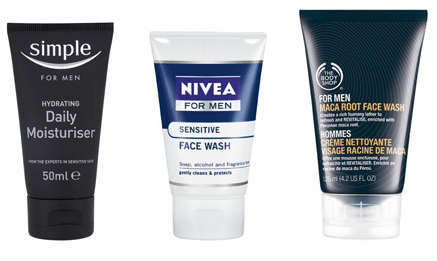
Kit Kat did it successfully with the Kit Kat Chunky, leading Yorkie to reposition as “Not for girls”.

Surprising?!
Peroni has gone for a gender neutral brand positioning which is a break from the norm in the lager market. They focus on elements that shift away from the traditional beery “lads” culture and lend sophistication (by sponsoring arts, film, food, design and fashion; epitomised by modern, simple and elegant packaging design graphics). As a result they have been most successful in retaining their share of the male market whilst attracting the female.
Heinz’s Big Soup embraces the male market.
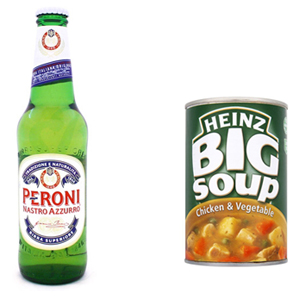
Opportunities?
Loads!! Just a few examples…
- Cereals and especially cereal bars are traditionally a female domain… So for example could Nature Valley split their two bar product offering into a chunky two bar for the bigger male appetite and a lighter, portion controlled product positioned for the female?
- Yogurts – all seem either kiddy and fun or feminine. The same goes for ice cream.
- Sausages and burgers – there’s limited branding in this category, but where there is it communicates rugged and masculine. Would a lighter, more sophisticated product and brand positioning attract a female market?
- Rice cakes, oatcakes, Ryvita etc – could they do healthy and ‘free from’ but also attract a male market with a little more flavour and filling?
What to ask
What should you be asking yourselves and your consumers if you‘re thinking of embracing the gender bending trend within your organisation’s NPD? Here’s a selection of questions inspired by three brands that are working the trend:
Mars v Mars delight
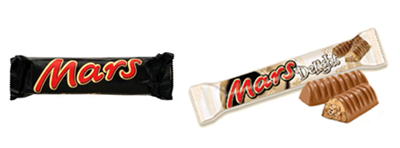
- Do I create a sub-brand or can it comfortably exist within my current brand?
- If I decide a sub-brand is the way forward, what are the core product and brand values that should carry over to my new product?
- What are the new product attributes that I need to adopt and communicate to appeal to the opposite sex?
- What does the communication of the new product say about my existing product? E.g. does it make it seem greedy? Heavy? Unhealthy? Crude? Is this a problem to the consumer?
Dove v Dove for men
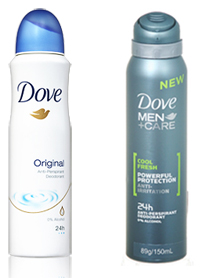
- Will the personality and values of my core product/brand translate successfully to a product positioned for the opposite sex? For example how do I communicate simplicity, purity and neutrality in a masculine way?
- What do I need to communicate visually to differentiate this product as for the opposite sex at fixture? I.e. how will they know this is for them?
- How explicitly masculine or feminine should it be in tone of voice? E.g. should it be stereotypically ‘blokey’? Or is it more important to communicate benefits such as comfort, protection or care?
Molson Coors Animée
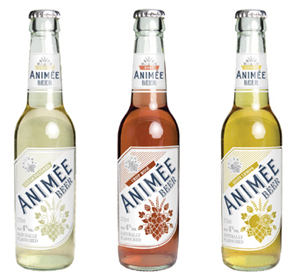
- Would a repositioning of my current brand/product to gender neutral be enough to counter the current gender trend in my category? E.g. like Peroni have done.
- Do I expect my product to attract new female consumers or is it likely to cannibalise the drinkers of my existing brands?
- How far can I push the femininity of the visual communication before it stops being credible in the category?
- How can I make sure it’s different without stereo-typing or patronising my target consumer?
Sources:
** Men ‘spend 83 minutes preparing to go out’ while women take just 79, survey finds; Daily Mail; 10.02.10